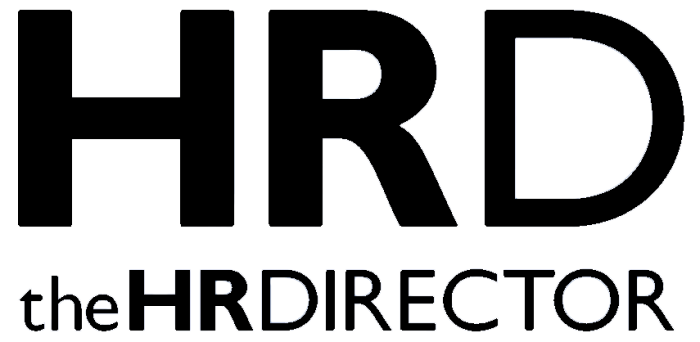Attracting high calibre talent and having highly engaged employees is a leadership imperative. The employee experience is a deciding factor for workforce productivity and therefore long-term business success. Yet, with people juggling lingering uncertainty around work patterns, the impact of AI, and shifting business priorities, traditional one-size-fits-all strategies to employee experience just don’t cut it.
All of this makes it vital for organisations to gather and leverage employee data which they can use to navigate workplace complexities. But raw numbers alone aren’t enough. Human element and human connection are incredibly important. When paired together, this shifts idle data sets and numbers into rich information that drives employee experience and ultimately generates revenue. Organisations must consider what needs to be measured, how best to use this employee feedback, and what each insight means for the company’s bottom line.
This is why HR teams are stepping into a more strategic role and embedding people analytics into every business decision. Analysing the employee experience with an eye on sustainable growth is the competitive edge companies need when every challenge calls for a smarter, more human-centred approach.
The power of data in measuring EX
Implementing a solid, measurable data strategy is crucial for proving what really works when it comes to keeping people engaged – and why. Some of the clearest signs of engagement live in qualitative measures: what makes people likely to stay at a company? Would they recommend it to a friend and why? Do they bring voluntary ‘extra mile’ effort to their roles and how?
To unlock deeper insights, leaders must listen to the stories behind these questions. Regular surveys, focus groups, and exit interviews aren’t just formalities. They are windows into why employees feel motivated, or why they might be quietly disengaged and at risk of leaving the business.
It is of course important to join these qualitative measures with quantitative metrics, providing a comprehensive view of the employee experience. Examples of these include speeds of competency, employee productivity, and attrition rates. Hiring statistics, such as the time it takes to fill a position and the rate of acceptance of job offers, also paint a vivid picture of how attractive a workplace truly is.
Our research shows a curious paradox: engagement levels are climbing, yet fewer employees plan to stick around for the long haul. That tells us engagement alone isn’t enough – we need to spot hidden risks like burnout or stagnation. A layered data strategy, combining both how people feel and why they feel like this, delivers the nuanced understanding necessary for an organisation to act swiftly and strategically to improve an employee’s experience.
What to avoid when gathering employee data
Collecting employee data is an opportunity to capture real time insights – especially during emotionally impactful moments in the employee lifecycle. Key transitions, like returning from parental leave or starting a managerial role for the first time, are rich with emotion. These moments matter deeply to employees, and how an organisation responds can shape both personal growth and broader business outcomes. Engaging thoughtfully during these periods signals genuine support and builds long-term trust.
One common pitfall is only checking in with employees occasionally or when something goes wrong. Sporadic surveys or only reaching out during times of crisis won’t provide the depth of insight needed for meaningful action. Instead, consistent, ongoing feedback is essential. Frequent check-ins keep everyone updated on what is happening across the business, let leaders make small course corrections, and provide real-time data to make better decisions about teams and businesses.
Finally, it is important that leaders do not simply rely on a single method of data collection. Employees are not a uniform group; they have individualised experiences, needs, and challenges. To capture that diversity, use a blend of tools: surveys, 1:1 conversations, pulse checks, sentiment analysis, and open-ended feedback. The more varied and inclusive your data sources, the richer and more accurate the understanding of the employee experience will be.
Putting insights into action
Metrics such as the ones outlined above can then be linked to productivity and profitability, providing HR and leadership with a clear roadmap of where to focus resources. Whether it’s reallocating budget toward new learning programmes, redesigning workflows, or rolling out targeted wellbeing initiatives – data-driven decisions ensure that both employee satisfaction and company success is maximised.
For HR leaders, tapping into meaningful insights from employee data is essential. Tools such as machine learning, AI, and natural language processing are making it easier and faster to surface these insights from a growing pool for workforce data. By combining this external operational data with internal HR data, such as training history and employment records, a more complete view of the employee experience is realised.
Then comes translating this data into the business strategy. HR must use employee insights to determine how motivated employees are in achieving their own personal goals; how well they understand the role they have in contributing to company success; and crucially, whether they have access to the right training and development opportunities to help the business grow.
By transforming intricate data into a compelling story tailored for senior executives, HR can turn insights into influence – using clear, actionable metrics to drive organisational change and secure its seat at the top table.







